The Sava embankment was built to defend from flooding more than 100 thousand people who live in the Sava blocks: 44, 45, 70, 70a, 72, 61, 62, 63, 64, 65. These blocks are next to the Sava embankment, less than 2km from it. The Sava embankment along the blocks is 3km long. Upstream of blocks towards Obrenovac, the embankment is 8km long, and this area is not settled, at least not according to the law, as it hosts water supply and drainage systems. Ranney and tubular collectors in this area collect the underground water from the gravel-sand aquifer and supply Belgrade (1.7million citizen) region with a high-quality drinking water. Also, in order to provide reliable water supply to Belgrade, and to the entire region all the way to Mladenovac (the pipeline is in construction), water is being pumped from Sava to the first basin of the Sava lake, and it is further conducted to the water purification plants Makiš 1 and Makiš 2. For this reason, it is very important to maintain strict sanitary protection of the gravel-sand aquifer as such environment can be permanently polluted and degraded as the water supply, as well as of the Sava flow that is close to the water pumped into the Sava lake. Such system was planned in the times when experts were respected, and engineers were asked for their opinions.
When “the so-called transition“ of Serbia seriously destabilized the country, some people entered the state of apathy, while the others lost any sense of right and wrong. In such an environment, hundreds of houses have been illegaly built in the waterland area from the blocks to the Ostružnica bridge. Several houses were built in the waterland area before 2002, mainly in the municipality of Surčin; then, hundreds of houses were built from February 2008 until July 2009. These houses have been built in the riverbed of a big international river Sava, between the main riverbed and flood barrier, i.e. in the inundation (floodplain) that is treated as the waterland according to the regulations (Law on Waters, Spatial Plan for the Republic of Serbia). Construction of solid buildings on the waterland, which comprises the inundation area and the 50m wide belt from the flood barrier towards the defended region, is strictly forbidden as it obstructs the protection from floods and increases the chance of floods. In this particular region, more than 100 thousand people are imperiled by floods. At the same time, these houses are in the close proximity to 16 out of 99 Belgrade water collectors that purify the water for Belgrade and its surrounding. Also, numerous cars, and trucks illegally use the road on the flood barrier that was built only for the vehicles of companies that maintain the barrier and water collectors. Such use of the flood barrier is not allowed anywhere in the world as its geotechnical construction is getting slowly demolished in this way, and, it is strictly forbidden by the article 133 of the Serbian Law of Water.
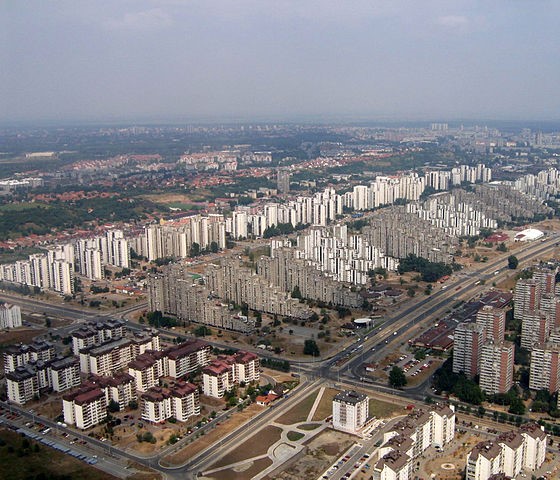
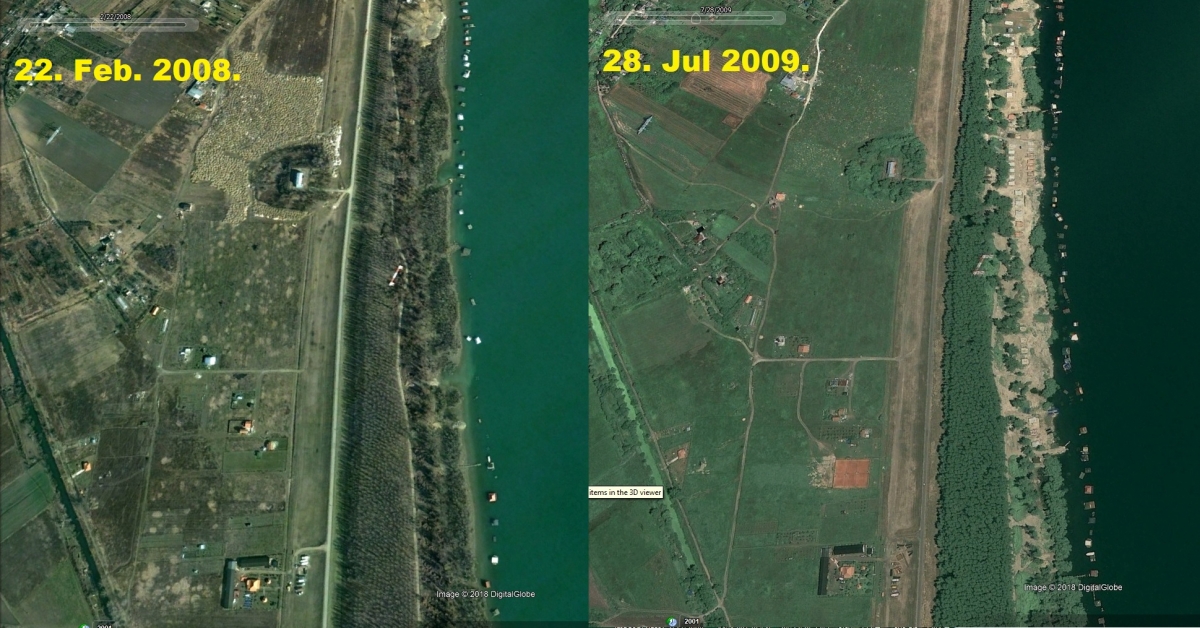
As the institutions in charge were not doing their job, around 300 houses were built in the Sava riverbed upstream of the Sava blocks starting from 2008. Nonfunctional, or perhaps corrupted, institutions by a complete negligence additionaly encouraged such illegal development, which seriously deteriorates safety of the large part of New Belgrade. The responsible institutions that fail to perform are the following: public companies JVP Srbijavode, and JVP Beogradvode in charge for management of the rivers and waterlands according to the Law of Water, Ministry for Agriculture, Forestry and Water Management that is supposed to control public companies for water management, Ministry of Health that is in charge for protection of water supply sources, municipalities Surčin and New Belgrade that are in charge for demolition of illegal housing, Ministry for Construction, Traffic and Infrastructure that introduced Law for Legalization of Objects, City Council of Belgrade that conducts legalization of illegal objects, and, of course, various ministries that were in charge for the environmental protection (until a dedicated ministry was founded for this purpose). Leaders of these institutions will be responsible for possible floods in the Sava blocks and large financial losses of more than 100 thousands people. They will also be responsible when diseases spread because of water pollution or insufficient production of healthy water. Top Serbian experts, members of the Serbian Academy of Engineering Sciences, warned in printed press about serious danger that thretens citizens because of illegal houses in the riverbeds /1,2,3/.
Construction in the riverbed is forbidden according to the Law of Water, and the Spatial Plan for the Republic of Serbia. It is clear that narrowing of the riverbed upstream from densely populated area significantly increases chance of floods and large-scale destruction. The houses that were built in the riverbed, including pile dwellings, narrow down riverbed with their volumes and obstruct the river flow in the case of high waters. Because these houses have been built in the riverbed, their owners were pouring large amounts of land to raise their houses above the level of high waters. In this way, the riverbed was additionally narrowed down, which jeopardizes the residents living in the Sava blocks. Owners of illegal houses were also building cross roads from the flood barrier toward their houses, narrowing down even more the riverbed and guiding the high waters directly towards the flood barrier. In some places, owners of illegal houses were cutting protected forest along the river bank so that they could build their houses. With their houses and other objects, the owners occupied the river coastline, introducing the forbidden content into the flow structure and contributing to the coast erosion. The river Sava almost reached the flood defense line in 2014, even though the upstream town Obrenovac was completely flooded. This indicates that the situation is critical, and that the next high waters could be catastrophic. Irresponsible individuals, owners of the houses in the riverbed, and responsible institutions with improper acting or non-acting directly threaten property and safety of the large number of Belgradians.
The Civil Engineering Section of the Serbian Academy of Engineering Sciences warned about the onward worsening regimes of large rivers Sava and Danube. Danube is very improtant for safety of Sava flood barriers, as raising water levels of Danube, raise the level of Sava as well, which prolongs duration of high water levels. Worsening water regimes are due to the raising levels of upstream embankements and new embankments, as well as due to the global climate changes that are characterized by the significant increase of extreme precipitations. For these reasons, the Sava embankment is not sufficiently secured because its height, and size were designed for less severe conditions. Namely, for long durations of high water levels, flood barriers are getting soft and they lose required geotechnical features, which increases the risk of their penetration even without the water overflow. In this process, called suffusion, the soil structure gets degraded because the smallest particles of the embankment are getting rinsed out during long high water levels. When the Danube embankments were broken through in 1965, in the worst catastrophe of that kind in Serbia, they were not broken because of the water overflow, but because of suffusion – the collapse of the soil structure in their base. For this reason, the Sava embankment will need reinforcement and heightening, while the drainage system will have to be developed to protect New Belgrade from underground waters as well. This is in accordance with the Spatial Plan for the Republic of Serbia, and with the common practice in the world that the big cities, with many residents and high value property, must be properly protected from the catastrophic floods that occur with probability less than 0.2%. These serious reconstructions cannot be performed with buildings on the waterland /4,5/.
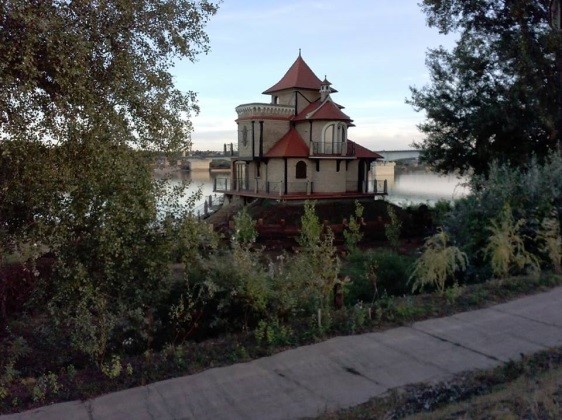
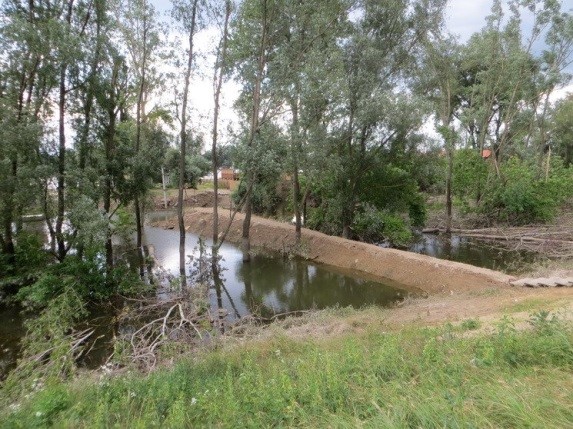
The second, equally important problem, is that houses in the riverbed seriously imperil water supply of residents. There are 16 out of 99 Ranney water collectors that supply Belgradians with water along the mentioned 8km of the river bank. The projected capacity for the underground water purification is 8060l/s, where 90% of these capacities are from Ranney collectors, and the projected capacities for the river water purification is 3580 l/s /6,7/. Almost all houses are built in the sanitary protection zones of Ranney collectors which is forbidden by law and bylaws. Ranney collectors provide the highest quality water as they collect the water purified in natural ways through gravel and soil layers. In this way, use of chemicals for water purification is minimized. For these reasons, it is important that houses are far away from Ranney collectors so that they do not pollute water nor lower the throughput of obtained clean water. These houses use septic cans for faeces and urine, which additionaly increases the risk of spreading diseases through water that are collected by Ranney collectors, and also the risk of drinking water scarcity. Some of the houses are so close to the Ranney collectors that they even prevent their regular maintenance. The most serious issue is that such negligence causes long-term pollution of underground water aquifers, and often even permanent destruction of water sources. The houses are just across the first basin of the Sava lake that stores the river water for purification, so they also endanger the river water purification as well.

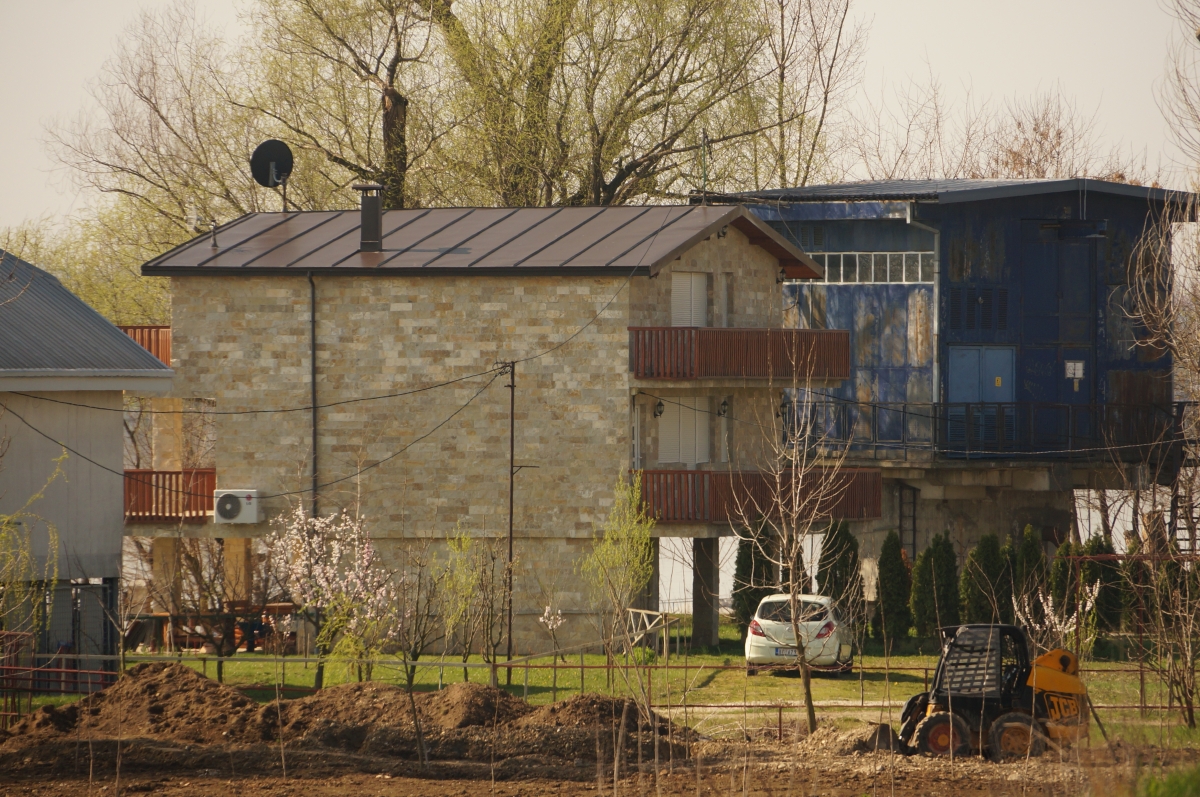
At the end, house owners use the paved road on the top of the flood barrier to reach their houses in the riverbed. The Law of Water forbids using cars on the flood barriers in order to protect their stability.
Hundreds of complaints were sent to the responsible insitutions regarding this illegal and dangerous estate development. Members of informal organization „Savski nasip“ (Sava Embankment) were particularly active and brought this issue to public attention through a number of activities /8,9,10/. Inspectors recognized illegal and unruly deeds, but they did not execute measures that would resolve the serious issues. In several cases, inspectors explained in written documents that the problem cannot be solved while the houses are there, and their destiny will be decided by the Secretariat for Legalization of Objects, that is led by the city secretary for legalization, Nemanja Stajić /11/. The problem was published many times through several years in mainstream media (in more than 140 articles), however, none of the responsible institutions reacted to resolve this dire problem.
Belgrade mayor, Siniša Mali, promised before the last election that he will resolve the problem of illegal houses built in the riverbeds /12/. There are no indications that he resolved any of such problems, or that he even tried. City manager Goran Vesić and president of the New Belgrade municipality, Aleksandar Šapić, were shifting resposibility regarding this issue to each other in TV series Insider, using a proven ping-pong political manner. However, city manager Vesić recognized that the decision is in hands of the city Secretariat for Legalization of Objects, which has to decide if the houses in the riverbed will be demolished or not /13/. Daily newspaper Telegraf published an article that the illegal sport club Sava Bien and Aleksandar Šapić collaborate through Šapić’s charity foundation “Be Human” /14/. The sport center Sa-Va-Bien has been built illegally in the riverbed of Sava embankment and comprises indoor soccer field and swimming pool. The construction inspector acknowledged in a written report that a plateau with dimensions of 70mx42mx3-5m and a cross road of dimensions 54mx5-7mx3.5m were built in the riverbed for the sport center Sava-Va-Bien. The sport center Sa-Va-Bien, as well as a couple of restaurants in the riverbed, significantly increase frequency of cars that use the flood barrier as a road against the law. In addition, Šapić admitted on his twitter account that his uncle has the house foundation on the Sava waterland, and that his uncle submitted request for legalization of this foundation. In fact, the New Belgrade municipality is in charge for demolishing of illegal houses on the Sava Embankment, and Šapić is the president of the New Belgrade municipality.
In TV show in 2014, mayor Đilas and minister in charge for construction business, Zorana Mihajlović, from different party, in a similar manner performed political ping-pong, and were accusing each other for not resolving this issue /15/.
The Law on Legalization of Objects was adopted in 2015, and minister Zorana Mihajlović said on that occasion that “Villas, weekend houses on the river banks, all who were building in riverbeds, will not be able to legalize” /16, 17/. Around the same time, the waterland between the flood barrier and river, the inundation, has somehow been converted into the construction land on the web site of the Serbian cadaster, against several laws. Owners of many illegal houses submitted requests for legalization, and were supposed to get the answers within 30 days. These requests have not been answered after more than 3 years, but the houses are getting connections to electric power system against the law, some of them use the electricity and water of Ranney collectors, and so on. In the world, the mere start of construction near Ranney collectors would be considered as a dangerous diversion, and the work would be terminated promptly, using firearms, if needed, because the water supply system is the most vital part of any city.
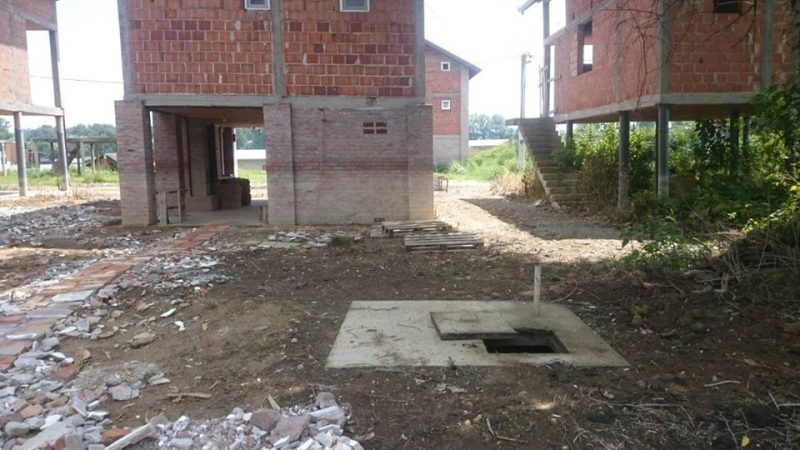
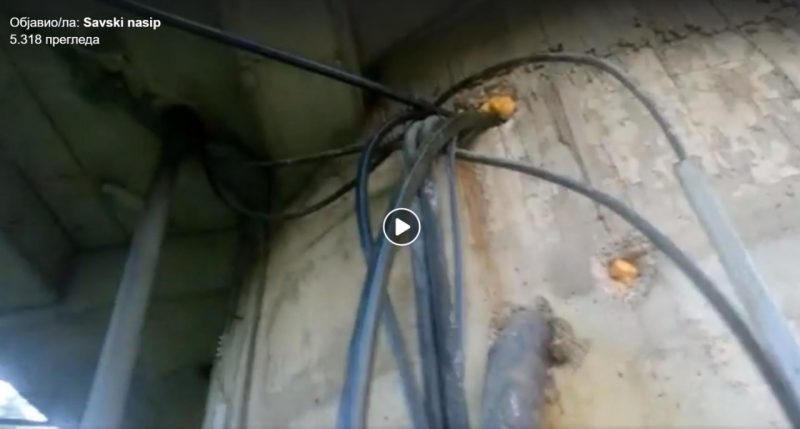
It is particularly ominous that the sons of the former president of Serbia, Tomislav Nikolić, as well as his driver, built houses in the Sava riverbed, and submitted requests for legalization. This fact is maybe one of the reasons why this problem of the Sava waterland is not being resolved, but probably not the only one. Sons of Tomislav Nikolić surely encouraged many to illegally build in the riverbed, and their moral responsibility is much higher considering the position that their father had. Another famous home owner is a brother of Ljubiša Buha, the Serbian high ranking criminal, according to the media reports.According to the Law of Water, public company Srbijavode is responsible for management of rivers and their waterland. Srbijavode is also responsible for protection from floods. Leaders of the company Srbijavode were introduced to the illegal construction in the Sava riverbed through complaints and media reports. In 2009, the director of Srbijavode in charge for the river Sava, Dušan Panić, recognized that the houses had been built in the Sava riverbed, and he claimed that he reported this problem to the city officials and police, but nobody responded /18/. In meanwhile, owners of the houses in the Sava riverbed made contracts with company Srbijavode about the minor rent for the land usage, as confirmed Dušan Dutina, chief of the Tax Department in Srbijavode. Owners of illegal houses pay the tax of around 20 euros yearly /19/, and this contract is some kind of proof of the ownership when they submit requests for legalization. Owners of illegal houses use electricity of Ranney collectors and pay for it to the public company Belgrade Water and Sewage System, or they pay for electricity to the Electric Power System Company. There are some clues that the drinking water is supplied to some home owner by water pipes that were carried through the embankment, which further detoriates the flood barrier stability.
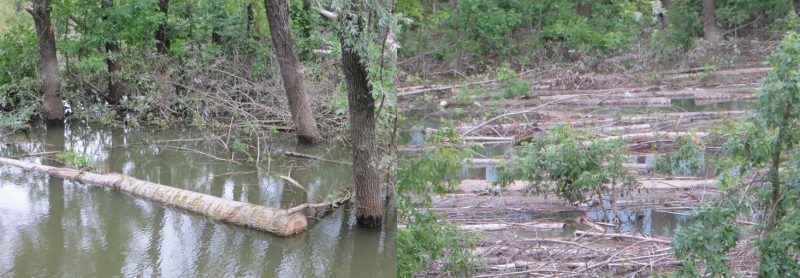
It seems that the owners of illegal houses along the Sava embankment do not worry too much about violating the laws and the fact that they will have to demolish their houses if the government decides at some point to enforce the law. Cutting trees, pouring large amounts of land, and construction work continue. Owners of illegal houses are expecting conversion of the state owned land into private, hoping for some law that will support their plunder, and hopefully appropriate civil servants /20/. In this way, one can observe signs with the access ban to the supposed „private properties“. Ten years ago, the Sava river banks with their intact nature were picnic spots for Belgradians, but, today this costline inexplicably became „forbidden city“ i.e. „private property“, even though this land is state-owned. And, so, normal citizens cannot approach neither the river bank nor the river anymore.
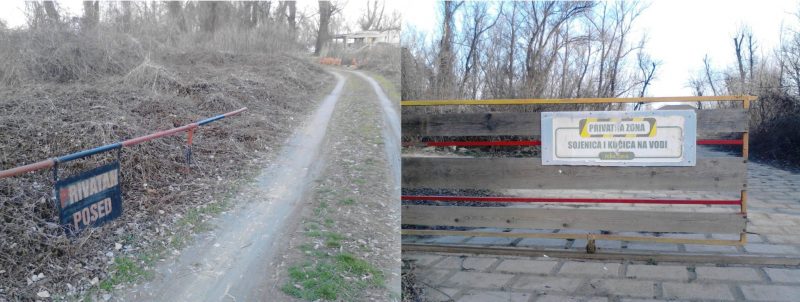
So, responsible institutions are surely not uninformed. While it is absolutely clear that the safety and health of the large number of people are seriously threatened, the Secretariat for Legalization of Objects has not rejected yet the requests for legalization of the houses in the riverbed which were submitted by January 29, 2014 /16/. The problem of the Sava waterland is in jurisdiction of several institutions indeed, but it does not mean that none of them is responsible for the problem resolution. It means that all these institutions together with its leaders from 2008 are responsible for a dangerous situation of more than 100 thousand people in the Sava blocks. If unfortunate consequences do happen, together with expected enormous material damage, or the price of non-functional governing would be paid even with human lives, these leaders will bear the dire aftermath. The Serbian Criminal Law punishes a number of criminal acts associated with building of illegal houses in the riverbed with penalties up to 10 years of imprisonment /21 – articles 218, 219b, 227, 260, 261, 274, 278, 279 i 282/. This is of course incredibly mild punishment for the level of damage that could occur as a consequence of floods and water pollution. It is obvious that owners of illegal houses have silent consent of governmental institutions, so, a natural question arises: is there perhaps a corruption behind this great problem?
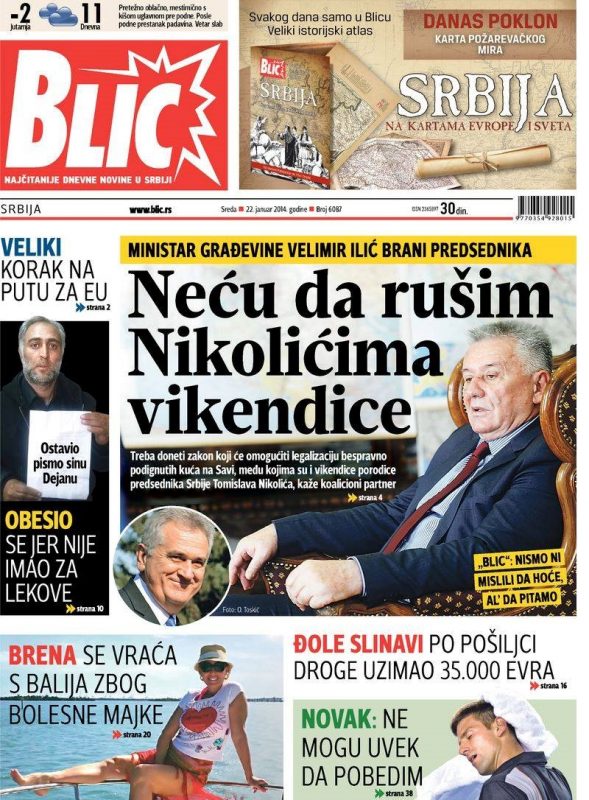
/1/ http://www.ains.rs/
/2/ http://www.politika.rs/sr/clanak/393145/Pogledi/Grupa-neodgovornih-ljudi-ugrozava-Beograd
/3/ http://www.politika.rs/scc/clanak/393482/Uljezi-pored-recnih-tokova
/4/https://sr.wikipedia.org/sr-el/%D0%A1%D1%83%D1%84%D0%BE%D0%B7%D0%B8%D1%98%D0%B0
/5/http://www.voda.hr/sites/default/files/pdf_clanka/hv_91_2015_35_rojebonacci.pdf
/6/ http://scindeks-clanci.ceon.rs/data/pdf/0040-2176/2016/0040-21761605685B.pdf
/7/ http://www.beograd.rs/lat/gradska-vlast/2144-jkp-beogradski-vodovod-i-kanalizacija_3/
/8/ https://www.facebook.com/savskinasip/
/9/ https://savskinasip.com/
/10/ https://twitter.com/savski_nasip?lang=en
/11/ http://www.beograd.rs/lat/gradska-vlast/1374958-sekretarijat-za-poslove-legalizacije-objekata/
/12/ http://www.telegraf.rs/vesti/beograd/1219838-sinisa-mali-grad-ustaje-protiv-nelegalno-postavljenih-objekata-na-obalama-reka
/13/ https://insajder.net/sr/sajt/bezogranicenja/5257/
/14/ http://www.budihuman.rs/
/15/ http://www.rts.rs/page/tv/sr/story/22/RTS+Satelit/1495299/Da+Mo%C5%BEda+Ne+.html
/16/ http://www.rtv.rs/sr_lat/politika/mihajlovic-brzo-i-jeftino-ozakonjenje-bespravnih-objekata_661336.html
/17/ http://www.paragraf.rs/propisi/zakon_o_ozakonjenju_objekata.html
/18/ http://www.politika.rs/scc/clanak/96033/Divlje-vile-na-obali-Save
/19/ http://www.blic.rs/vesti/beograd/divlja-gradnja-pritisla-levu-obalu-save/sgvfqd4
/20/http://www.danas.rs/beograd.39.html?news_id=346233&title=Savski+nasip+-+po%C4%8Detak+lokalnog+organizovanja+u+blokovima
/21/ http://paragraf.rs/propisi/krivicni_zakonik.html

